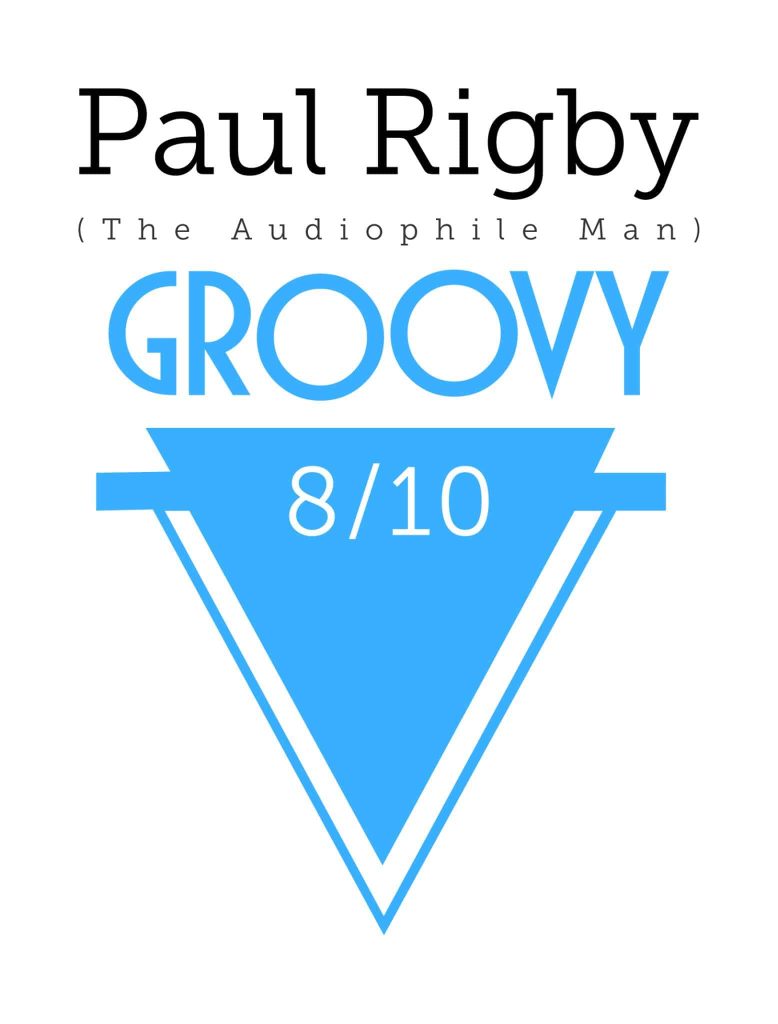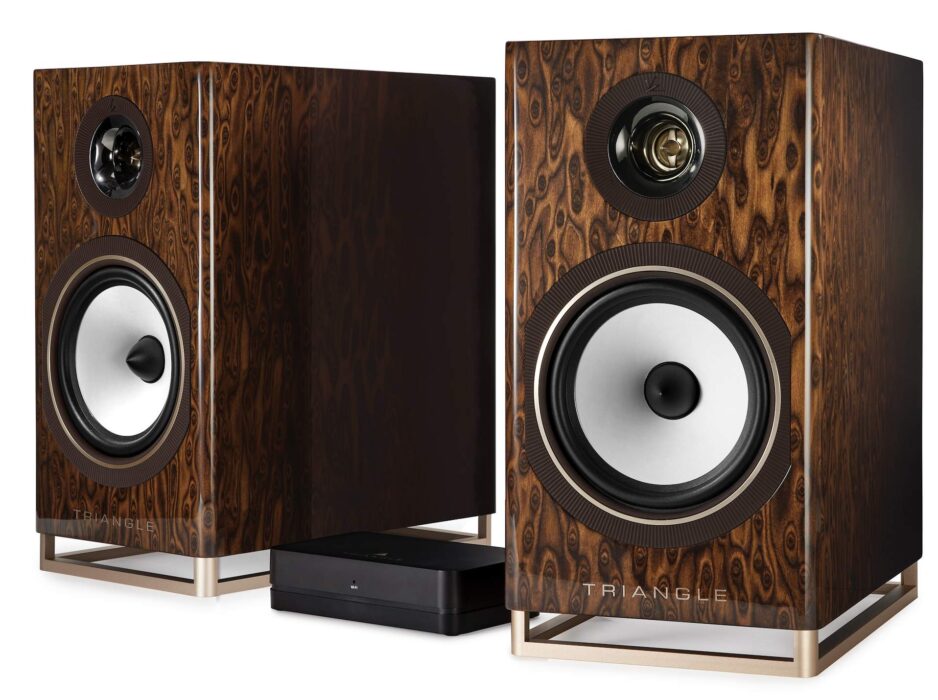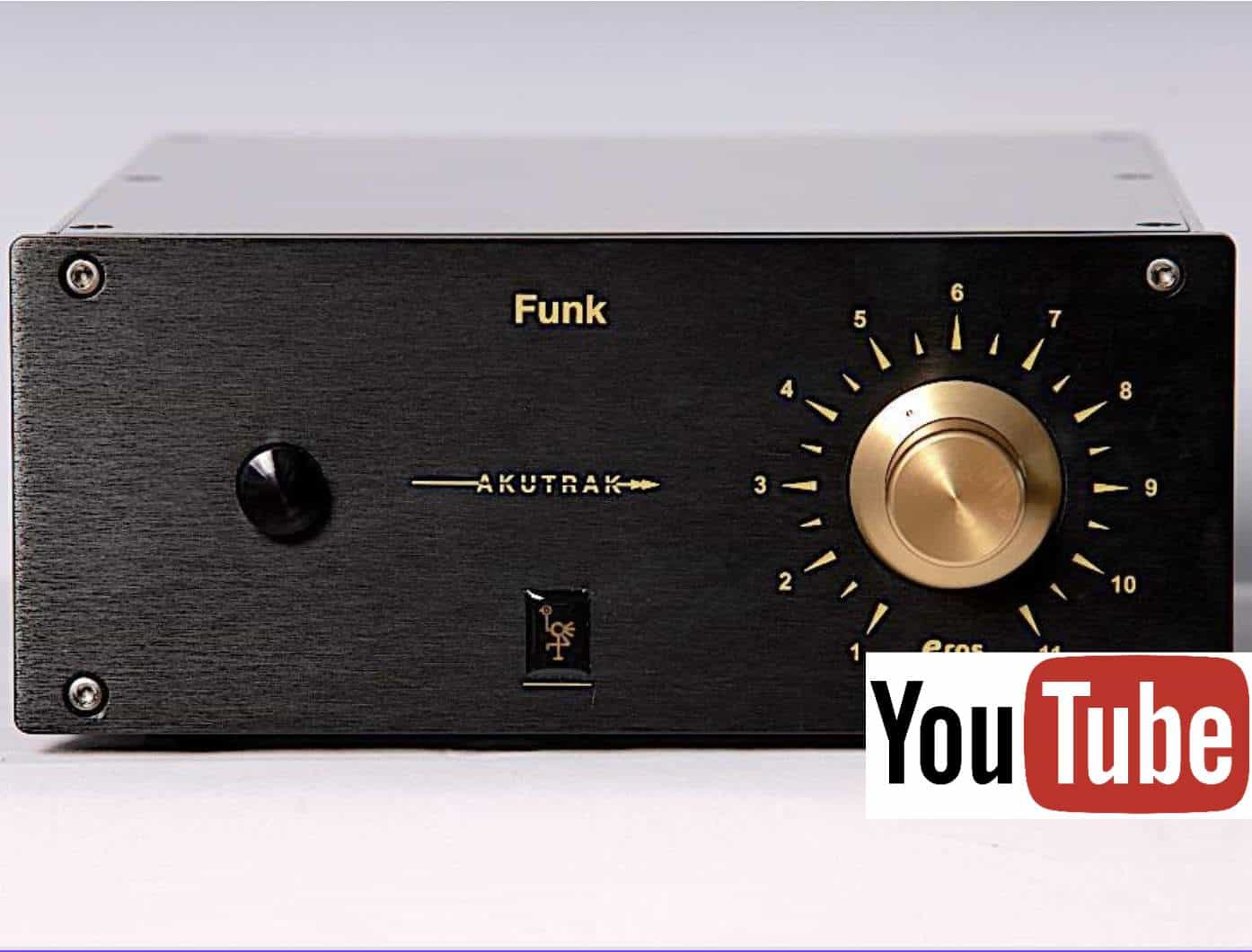The Article
DX260 Digital Audio Player From iBasso
12th June 2024
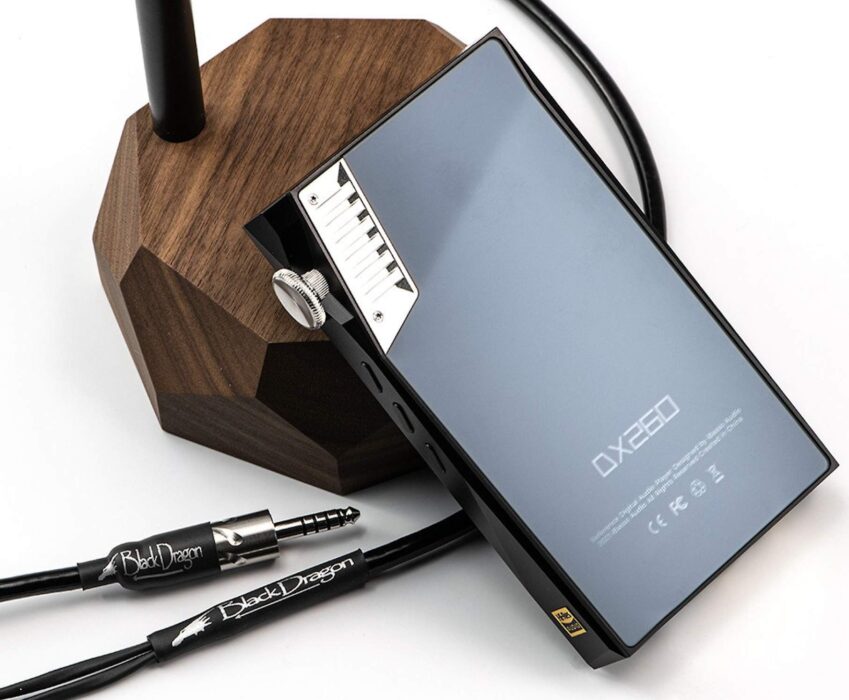
A high-end, sub-£1k unit featuring single-ended and balanced outputs, Paul Rigby hooks up to this Snapdragon-powered DAP
Sitting within the company’s 200 range of DAPs, the DX220 and DX240 have already spent time in the wild, the new DAP260 is generally known as a mid-range DAP. Midrange in dedicated digital audio player circles, at least. For everyone else, this unit remains high end at £849.
And I’m calling this company iBasso, as in the fish. And I’m saying that under advisement from the UK distributor. I’ve people use both iBasso (fish) and iBasso (as in the drum) but I’m swimming with the fish on this one. I also hope the performance of this one is off the scale! Ha!
Even so, there is a lot of tech packed into the chassis that spans around 123 x 75 x 175mm and weighs around 229g. So weighty without resembling a brick, in dead weight terms. The chassis feels solid, it feels well built, it feels like the price point which is encouraging.
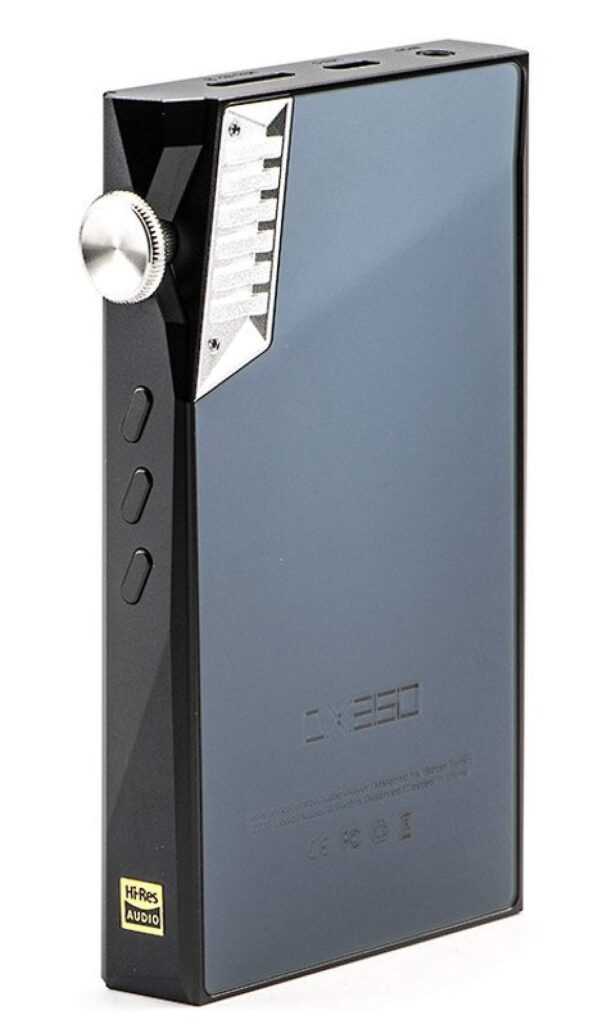
In terms of fit? I have large hands and the chassis feels comfortable in my mitts but for those with small hands, the DX260 might feel a little but cumbersome with sharp corners, especially when compared to other, more portrait-shaped designs out there, like the Astell&Kern Kann Alpha, for example.
START UP ISSUE
I do have an issue about the boot up sequence of this device, out of the box. I have been told that the fashion is for digital audio players to boot up directly to the Android OS screen. In my opinion, this is a wrong move. This is a specialised device, a music player. That’s why people buy it. It is not a phone or a laptop, more general user devices. I expect to see my DAPs boot into a music-playing screen, therefore. The DX260 does not. But it can do. You’re just not told about it. And that’s another issue I have.
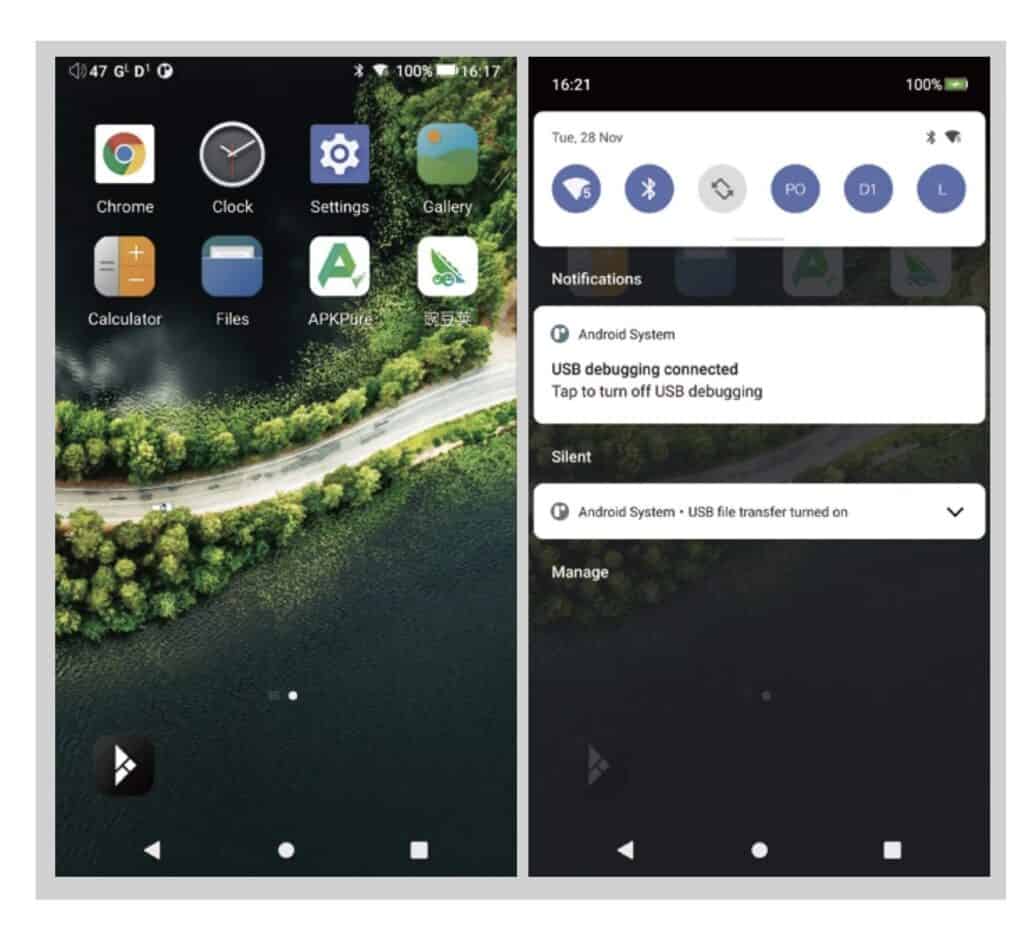
The DX260’s music playing app is called Mango. You can play Mango within the Android OS screen and it works fine but the better environment for you as a user is if you boot the DX260 directly into Mango from the off. Mango really looks the part then and I think performs a whole lot better in this configuration.
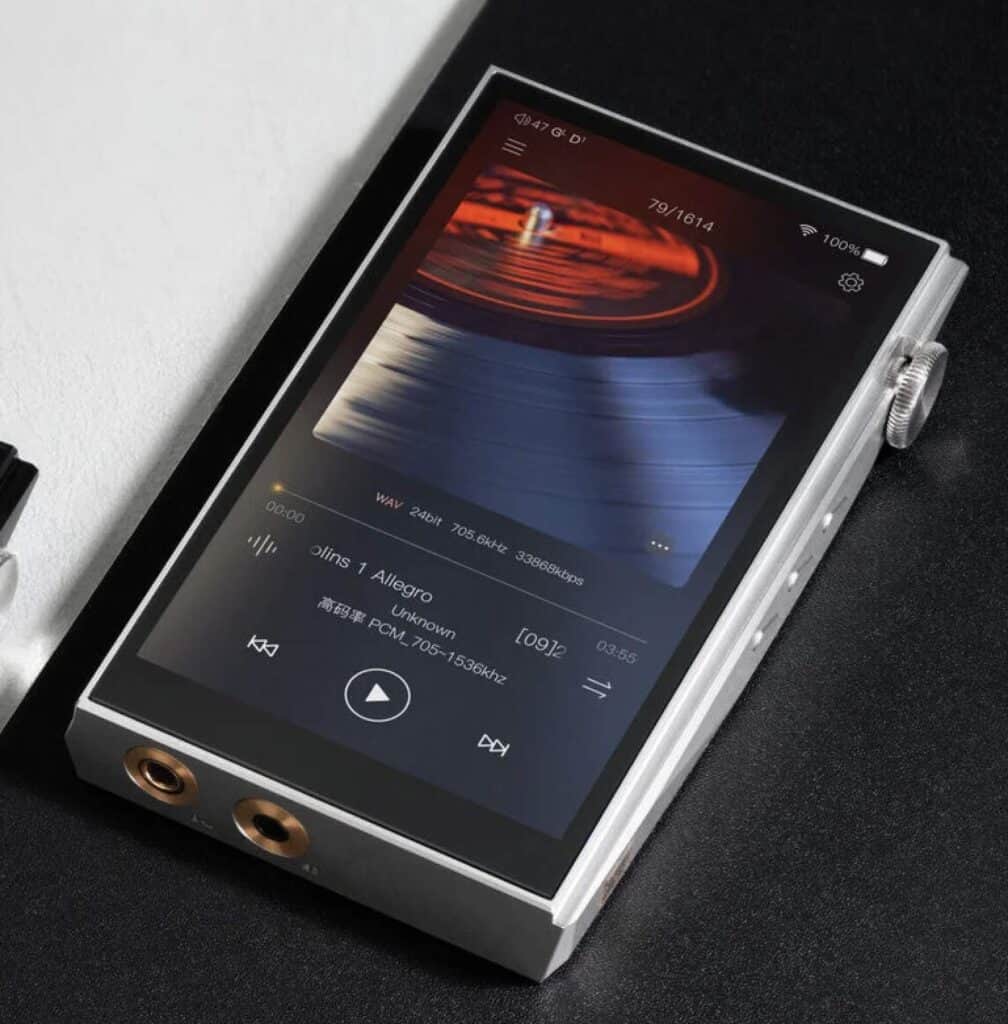
To get to that point, you need to long press the rotary wheel on the right side of the DX260. That prompts a menu at the top of the screen. Select ‘To Mango’ and you’re in.
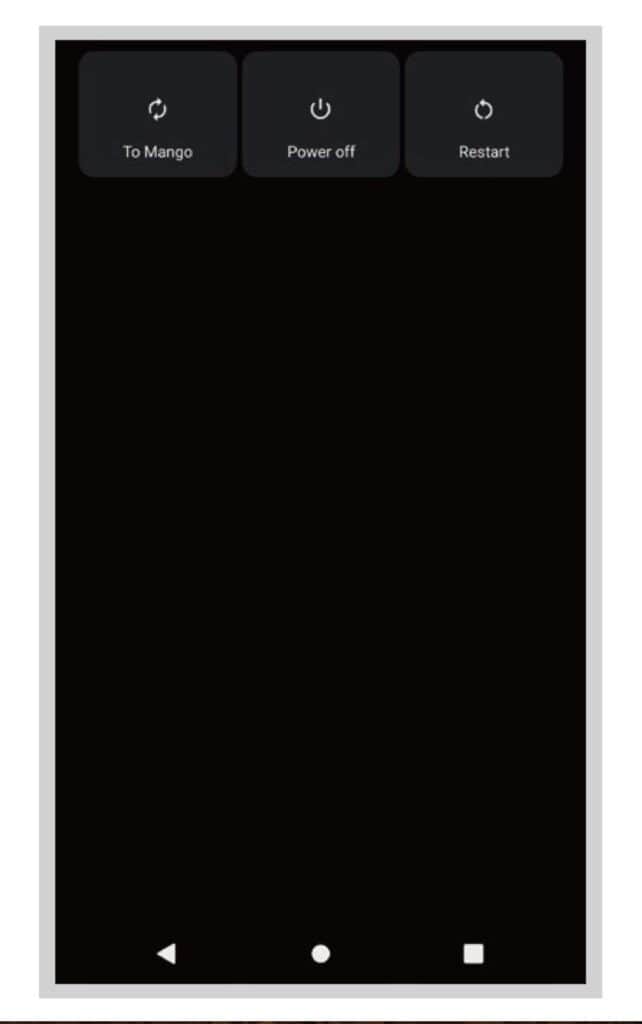
Problem is, there’s no Quick Start leaflet in the box telling you about this. There is a brief mention in the online User Guide on p.26 and more information on p.63 but who is going to search an online user guide to that extent when they buy a new device? You just want to get stuck in there and then don’t you?
So no, iBasso and their distributors need to add a Quick Start note on this point for new customers, in the box.
TECH AND TOOLS
This DAP is run on a Snapdragon 660 CPU. iBasso doesn’t tell you but I think that’s a 2.2Ghz speed rating? Correct me if I’m wrong, please.
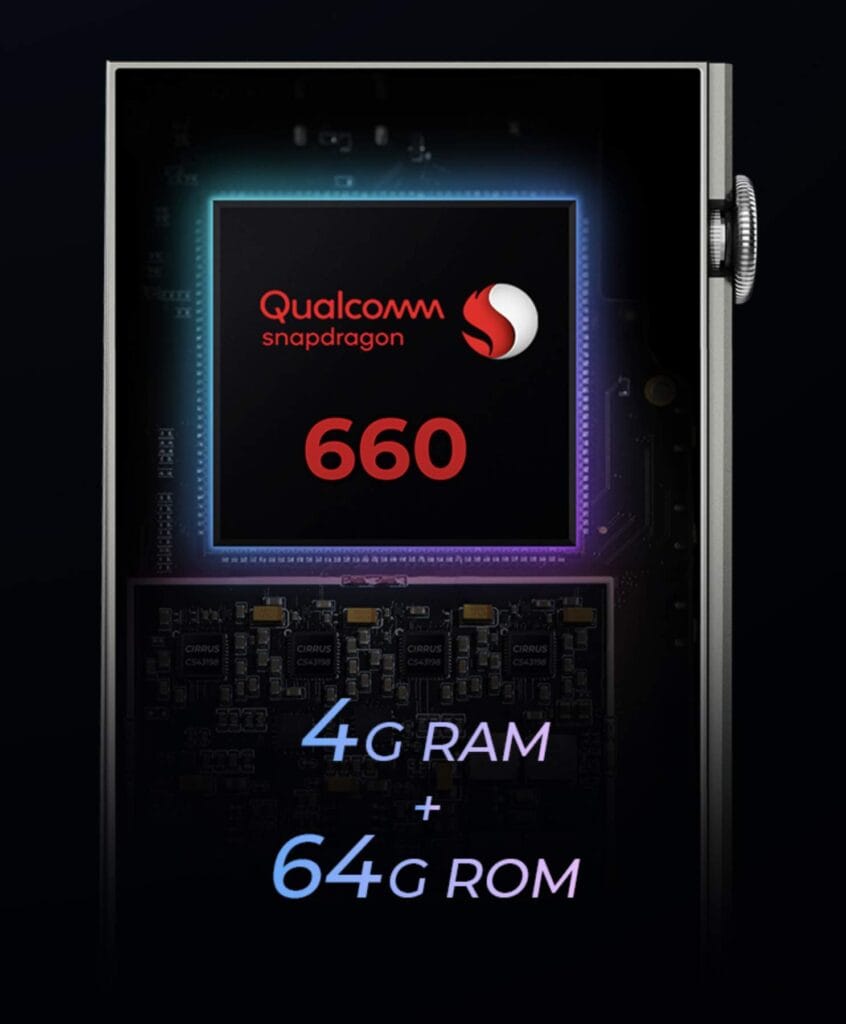
You get 4Gb of RAM and 64GB of ROM that drives the Android 11 OS and built-in Mango music player. Part of that ROM is devoted to the OS but most is spare for you to store music.
You can store music via the microSD card slot. That will take up to 2TB capacity.
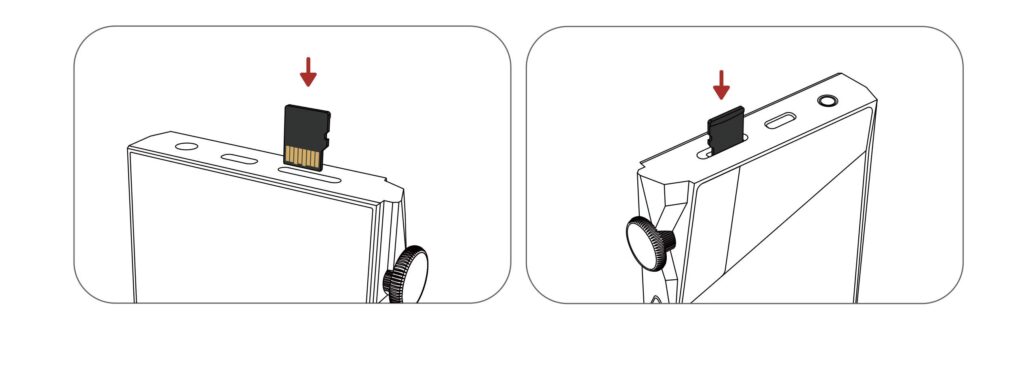
Apparently Mango helps the audio to avoid Android’s desperate need to resample the audio, providing a more direct and purer line from the audio to your ear, enhancing the sound quality. Well see about that, of course.
I talked to iBasso about this feature and it said, “When using the native Android OS, the sound quality may be compromised as all audio signals are resampled to 16bit/48kHz. Our player ensures that this doesn’t happen. Our players offer high sample rate output for an exceptional audio experience.”
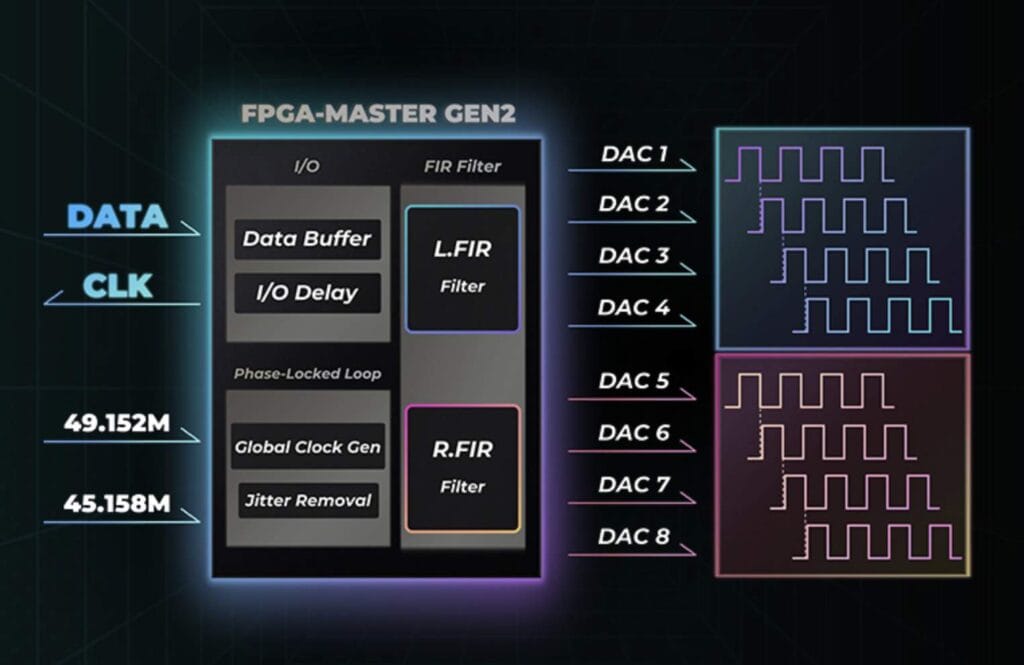
The headline feature of this DAP is the octa-core DAC. That is, the DX260 packs in eight CS43198 DACs, this is the lower power design from Cirrus Logic. Whenever I see anyone list or talk about the octa-core format of this DAP, no one questions it. Why eight cores? Is that a good thing? More tech isn’t always a good thing and should eight cores be better than four or two or even one?
So I asked the company iBasso itself if they could explain and it said, “On the DX260, there are four DAC chipsets for the left channel and four DAC chipsets for the right channel. When the number of DAC chips is doubled, the theoretical maximum values of the THD+N, dynamic range, and SNR are doubled. Sound quality-wise, the sound density is improved. For example, the THD+N listed on the CS43198 datasheet is -115dB. However, the AP measured THD+N is -123dB. It is better than the THD+N listed on the datasheet. Indeed, it is the best value among portable players.”
MORE TECH
Other tech points of note? The DAC generally supports files up to 24bit/384kHz or DSD128. I would have expected 256 minimum in this day and age and for this price, I have to say while Wi-Fi and Bluetooth 5.0 is supported too. Codecs for Bluetooth are nowhere to be seen. Well I can’t find them so again, I talked to iBasso and asked them.
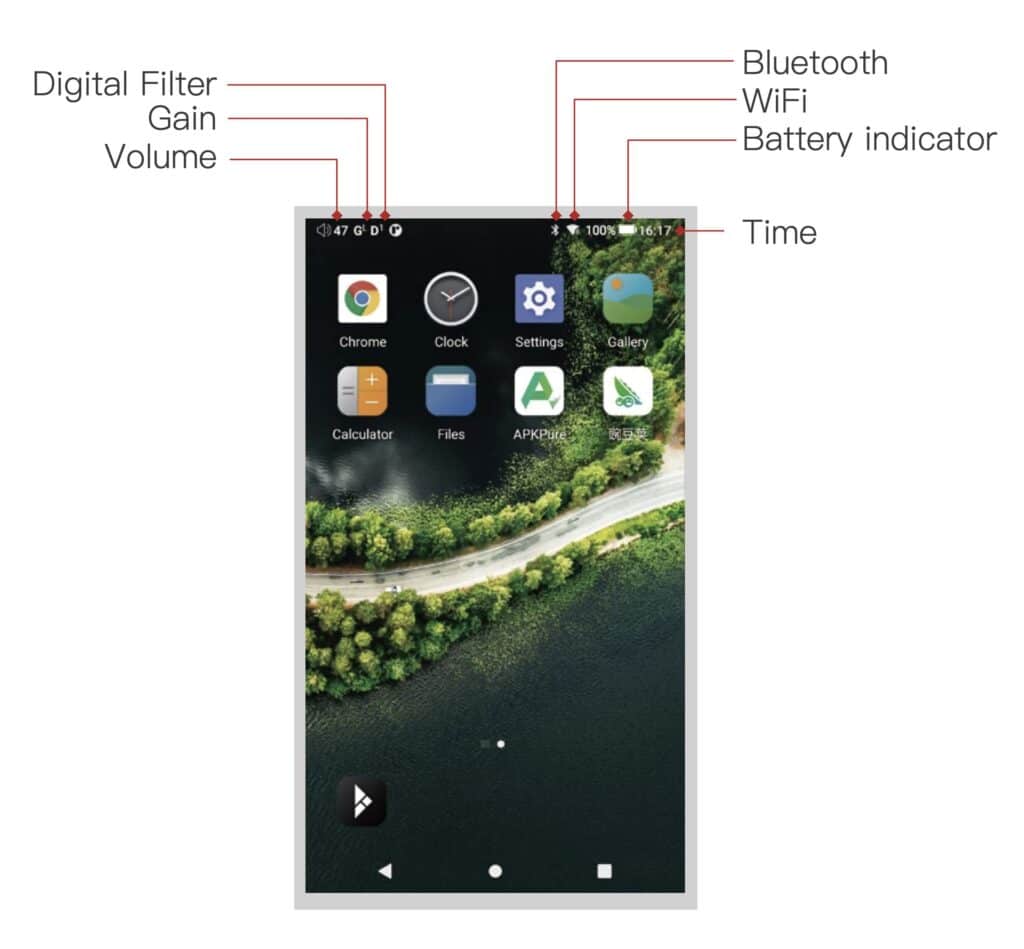
Apparantly, when the DX260 works as a Bluetooth transmitter, it supports aptX, aptX-HD, LDAC, AAC and SBC. When the DX260 works as a Bluetooth DAC, it supports AAC and SBC.
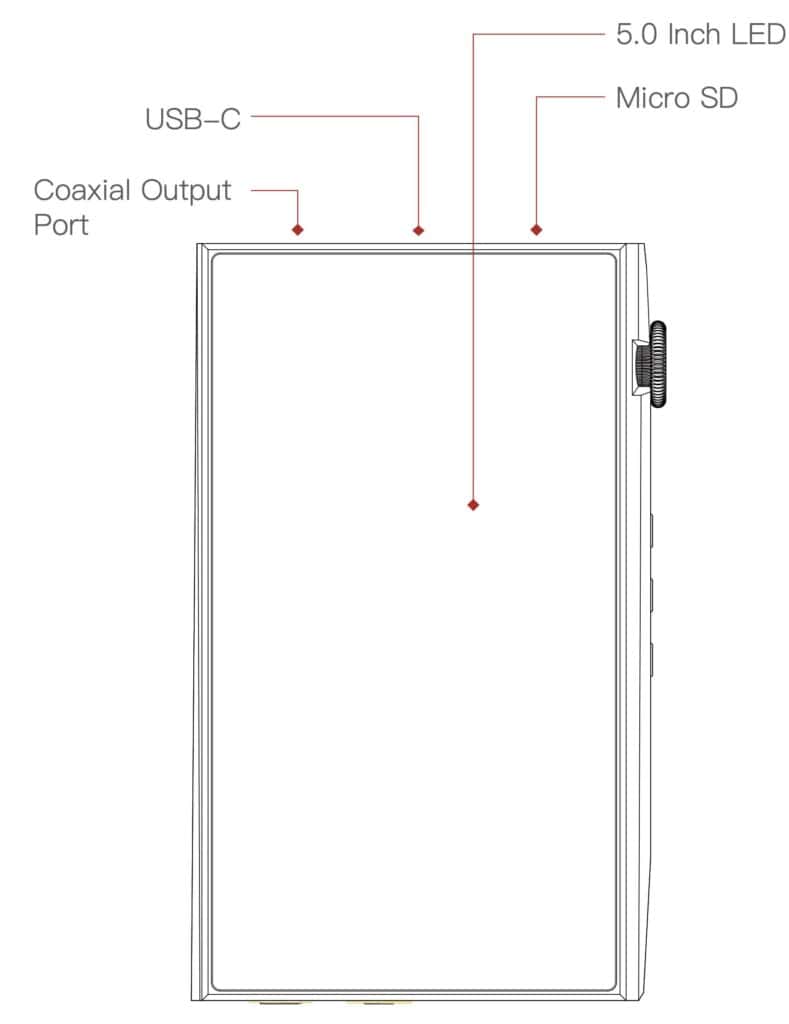
You control all of this via a Sharp 5” capacitive IPS screen. The 1080 x 1920 panel offered good contrast, good resolution and it was easy to see in varying lights.
Battery life is around 14 hours with a 2.5 hour charge time via the USB-C port which is fine. Other ports include a mini SD card slot for that extra storage, a S/PDIF port and two outputs. Those outputs include a 3.5mm single ended and a balanced 4.4mm Pentaconn. Both are welcome. It would have been nice to see a 6.35mm single-ended option but this is not a universal option for DAPs, I realise. There is room on the chassis, though.
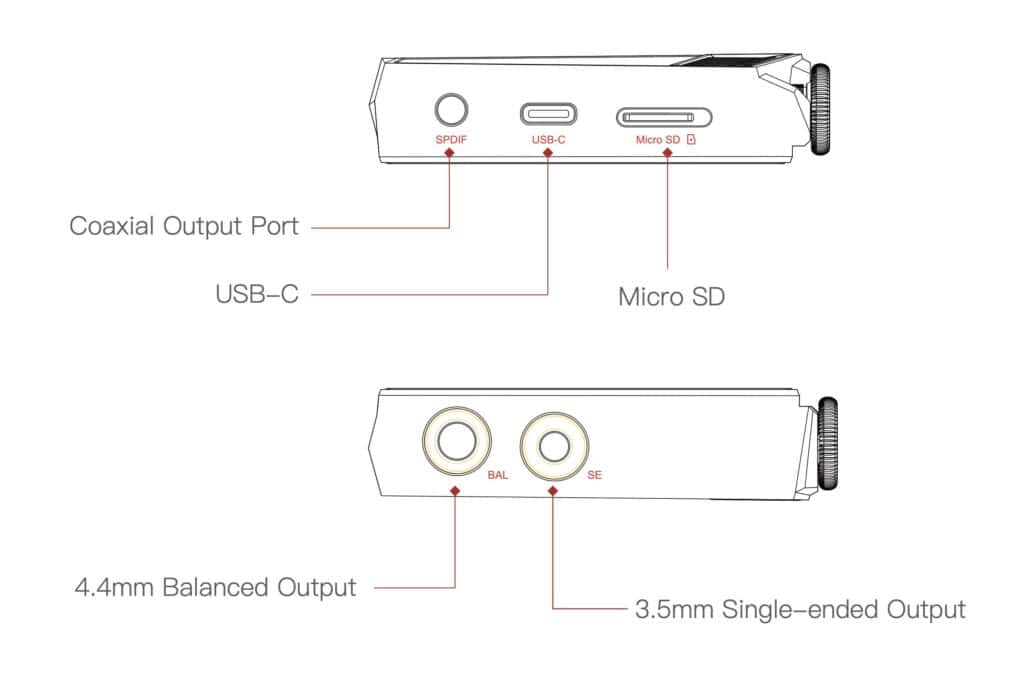
Down the right-hand side are three music transport buttons positioned in a diagonal configuration handling previous/rewind, play/pause and next/fast forward. Again, I was disappointed that there were no visual indicators as to what button did what because I kept forgetting what button performed what task.
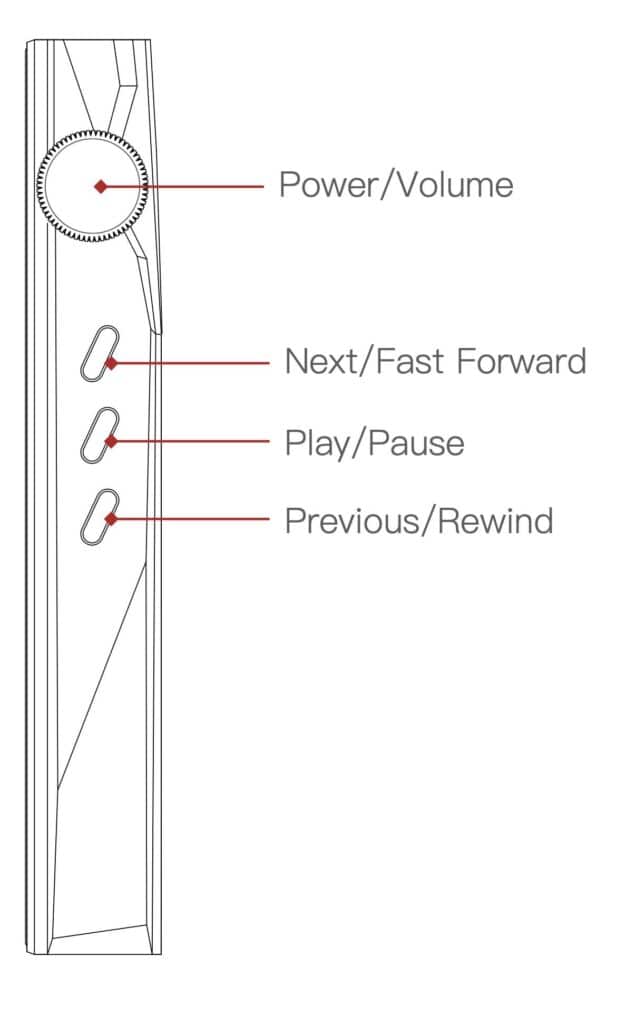
Finally also on the right is a relatively large rotary wheel that can also be pressed in for a select command. Operated easily via the thumb, I loved this wheel which offered the first real intuitive tool on the entire DAP.
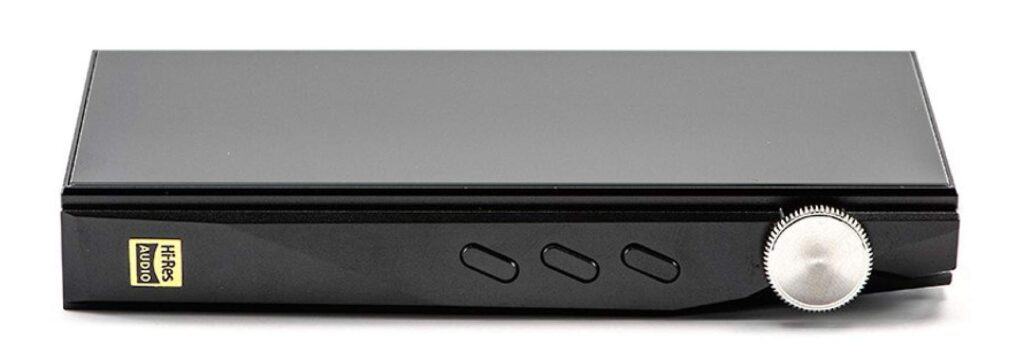
Oh and I must add that you are also provided with a plastic protective case, coax and charging cable plus a collection of three screen protectors.
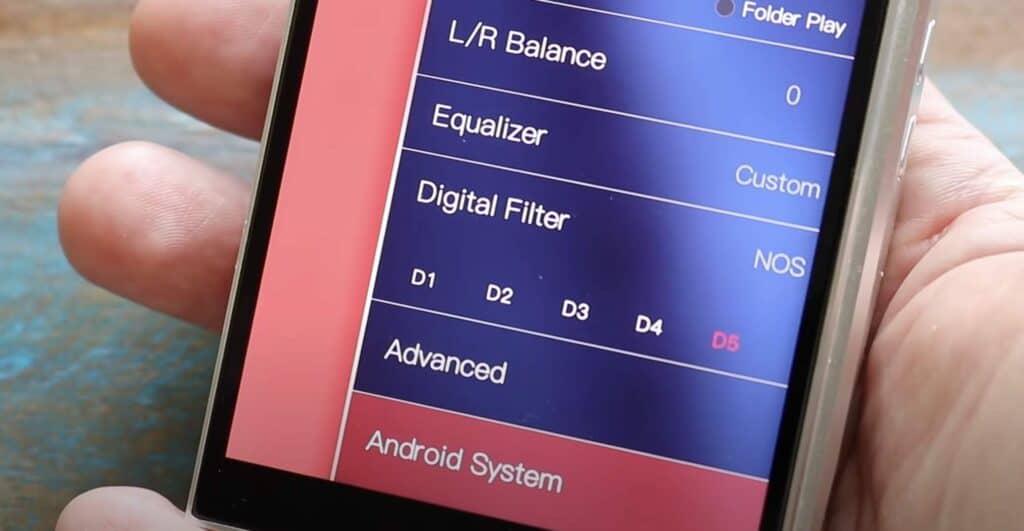
Before we end this section, a couple of extra software pointers? There are five user-selectable filters on offer here and I used NOS, none-oversampling filter which I found a more natural listen. There are two ‘slow’ based filters which were good but possibly enhance bass a tad and two ‘fast’ filters that I disliked and tended to emphasis high frequency sounds. All four were subtle in their approach but I found NOS preferable.
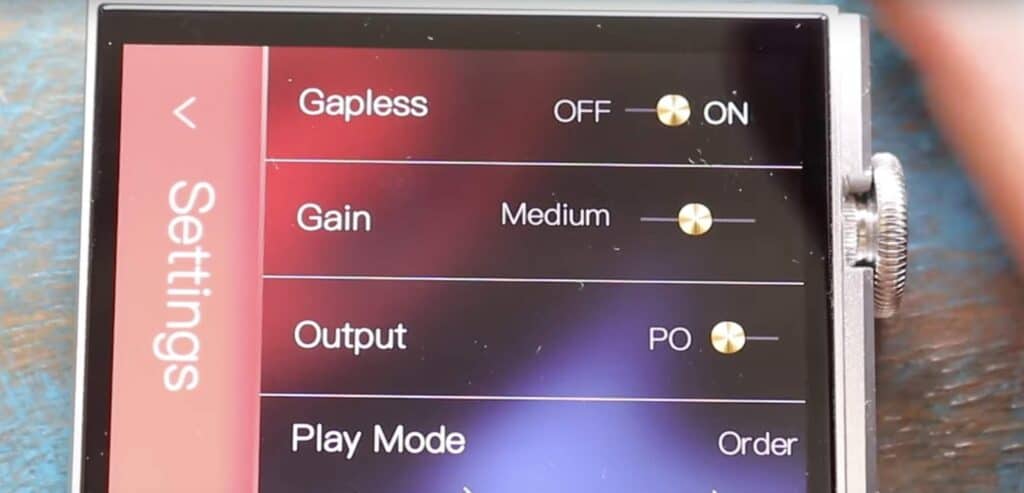
There are three gain settings depending on your headphone or IEM selection and gapless play is an option here. There is also an equaliser which I avoided like the plague because I want to hear the mix ‘as is’.
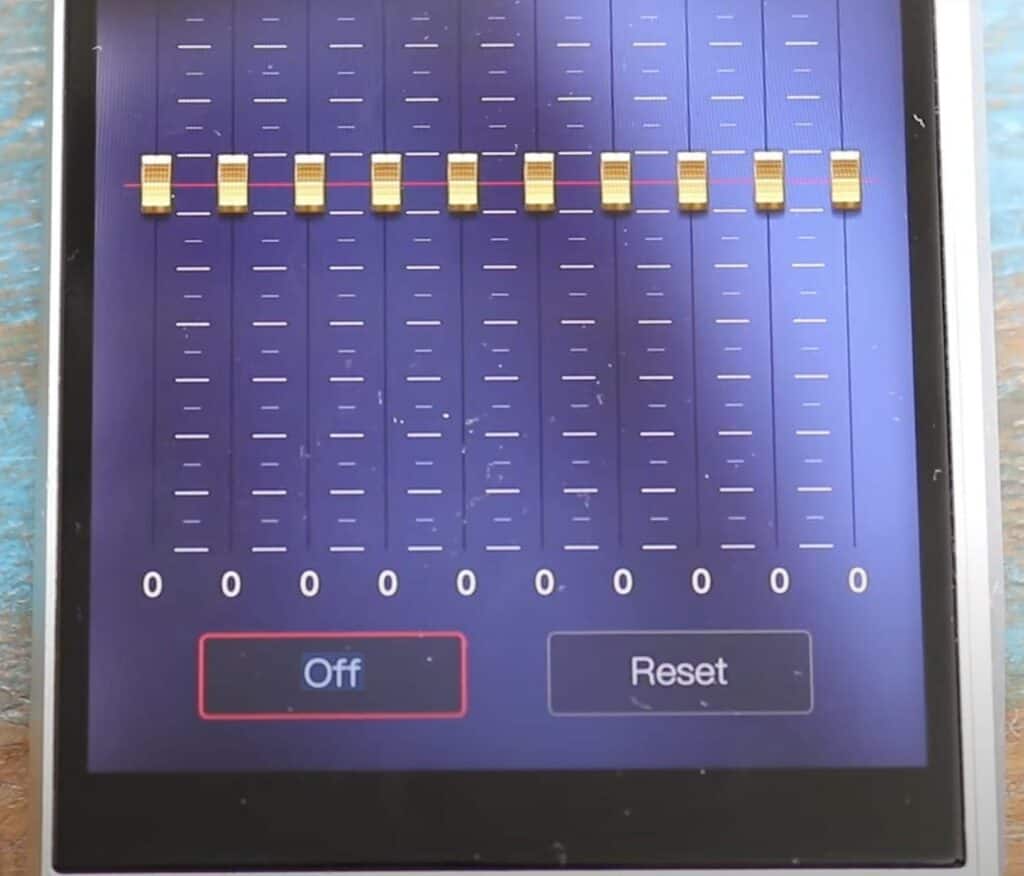
This is an expensive DAP, if it can’t provide a top quality sound feedback in its default form and I have to use software EQ to get that, then why am I spending £850 on the thing? So no, EQ was off for this test.
SOUND QUALITY
When I see reviews of DAPs out there, in the wild, I often see sonic references derived from other, recently released hardware which is pretty useless if you are not the type of person that changes their DAP every year or you don’t collect shiny things off the back of a large bank balance. Most people, I would suggest, buy a new DAP after several years have passed and when they’ve saved the cash. Which is why I will be using both old and new hardware in the sound tests.
vs AK120
So I started with an old AK120 from Astell&Kern which was released what, nine years ago in the UK? Something like that? So if you are running a DAP of a comparable age, it’s reasonable to suggest that an upgrade might be in the offing. Does the iBasso DK260 offer a worthwhile purchase? Is it worth splashing out on a device that you might expect to last another nine, 10 years?
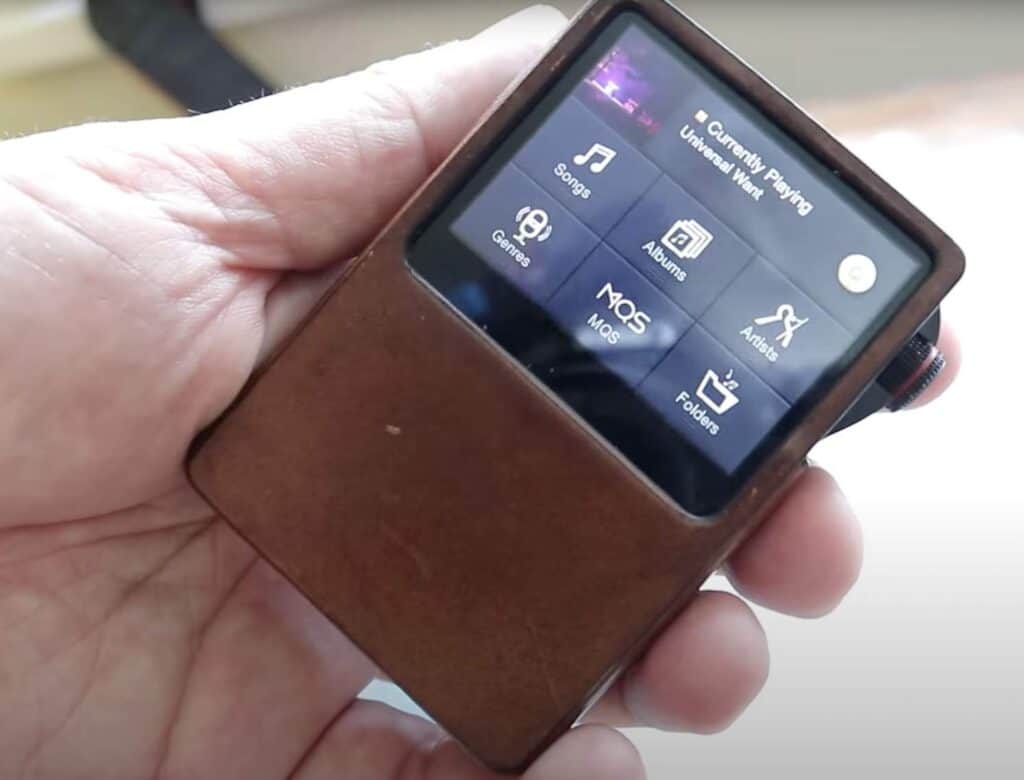
I played The Doves Universal Want from the album of the same name at 24bit/96kHz track. I hooked up my Sendy Aiva headphones.
In comparison to the AK120, the iBasso DX260 offered a stronger, more threatening suite of lower frequencies, deeper and more resonant bass emanated from the piano, bass guitar provided a trim focus making it agile and nippy but with enough impact to impress.
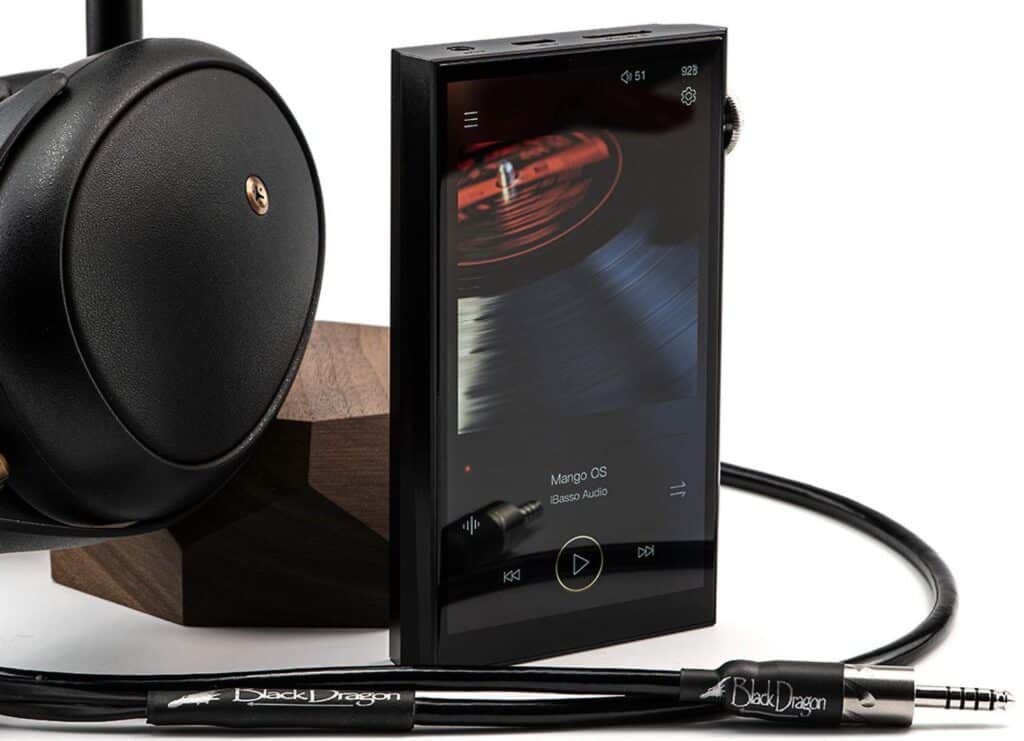
In upper frequency terms? It was easier to pick apart the reverb from the lead vocal. That vocal was richer and more vibrant in its delivery while the lead guitarist offered both drama and power. The soundstage itself was infused with air. I was expecting more, I have to say but the improvement was still there while the soundstage was much larger. Grander. Musicians had more room to roam now, more room to perform with synths offered an almost cinematic presentation.
vs KANN ALPHA
I then turned to my Astell&Kern Kann Alpha of a recent vintage and switched to my Pentaconn-armed Sennheiser 660 S headphones and played the quite brilliant Step Right Up from Tom Waits from the Small Change album, at 24bit/96kHz which is basically a jazz track with percussion, sax, upright bass and that voice and that’s it.
Oh and as a by the by? The man says himself in this song, the large print giveth, the small print taketh away. Remember that.
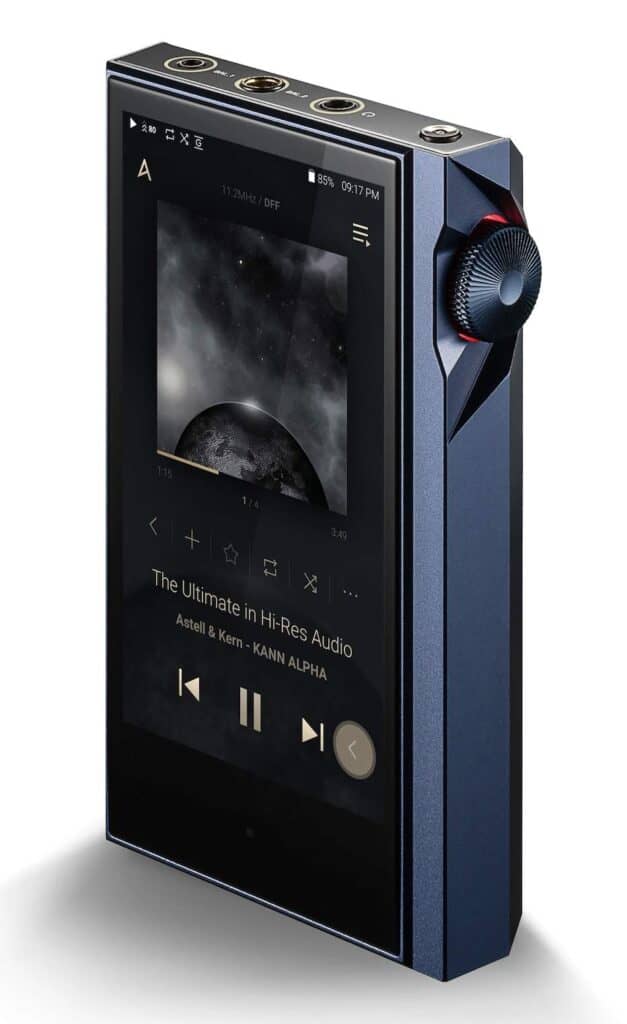
In performance terms, there was a lowering of the noise floor on this one. The lead vocal received a boost in clarity, while the same offered a precise delivery. Meanwhile, I felt bass had a stronger impact with greater focus while the soundstage was impressively wide.
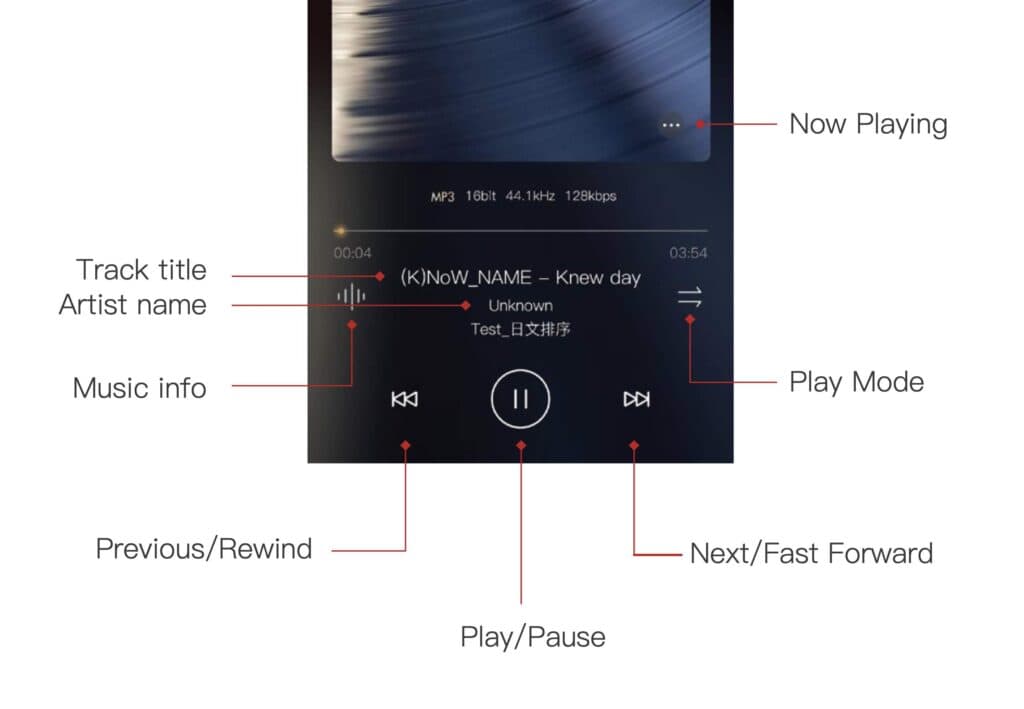
I noted that the occasional spot vocal noises in the rear of the mix was easy to hear, easier than the Kann Alpha in fact. Hence, transparency was pretty impressive here. The ear was able to push right through to the rear of that mix.
WITH HD800s
Finally, I kept the Kann Alpha in place, switched back to single-ended mode but brought in the high-end Sennheiser HD800s, although I had to use a convertor to use the HD800s which normally utilised a 6.35mm plug. I played Nick Drake’s Pink Moon album and the title track, again at 24bit/96kHz. This track offers an acoustic guitar and a voice, a slice of piano and nowt else. For all my readers in Leeds and Sheffield. And Bradford. And Wakefield and…
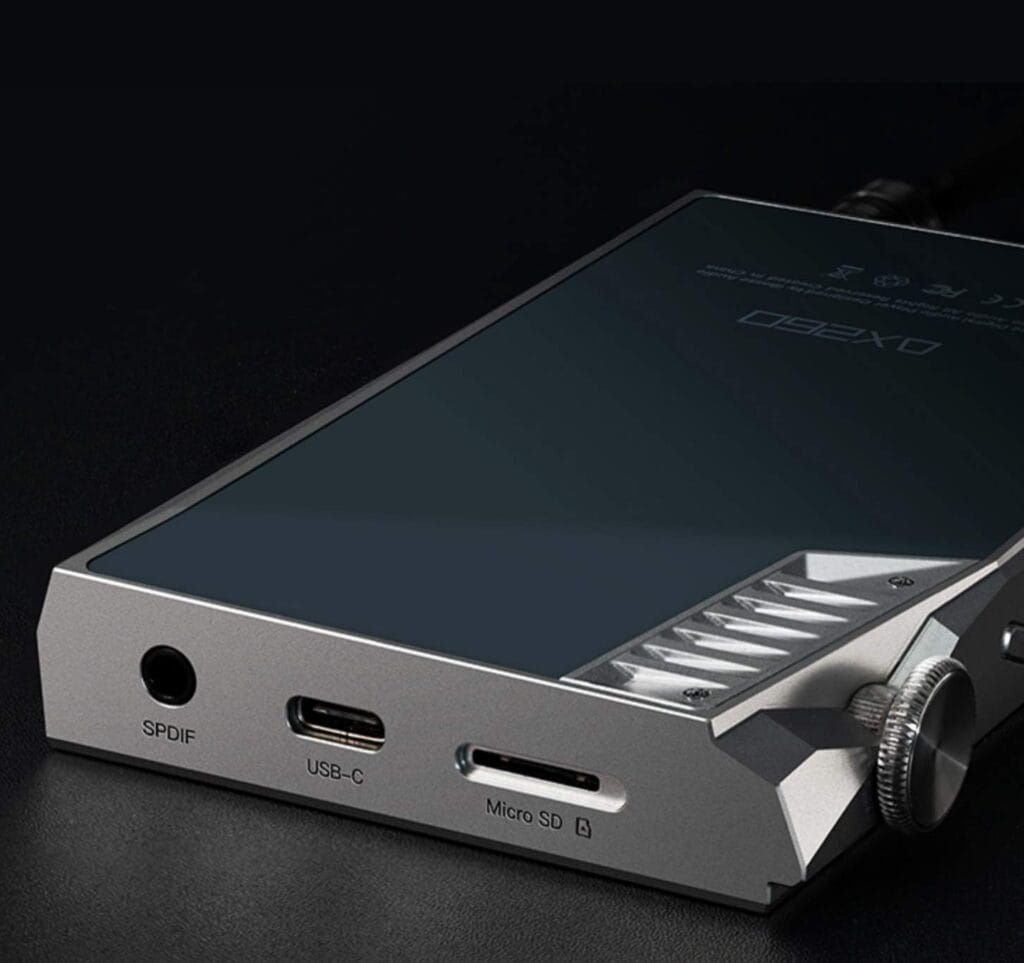
First thing that hit me was focus. There was a clear delivery of this song to the ear. Drake repeating the Pink Moon title over and over provided a clear and precise delivery, the words were accurately expressed and easier to hear. So that low noise performance also helped, of course. Drake’s vocal emphasis was accurate here. That is, when Drake added a smidgeon of power to a word or series of words, you could better hear that energy, that effort. The piano too showed welcome accuracy and precision.
CONCLUSION
The iBasso DX260 performs very well indeed. I am impressed with the sound quality and the overall sonic performance.
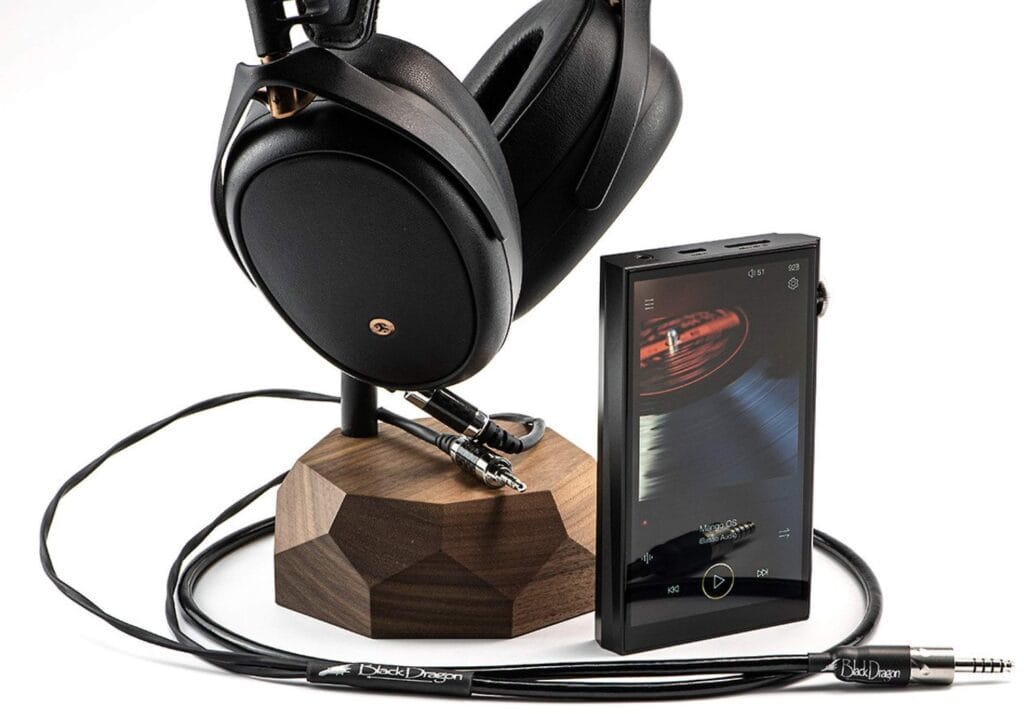
Parts of the hardware design and the software implementation did irritate me and I had to consider whether those irritations were strong enough to affect my overall thoughts and the final rating. I decided that the emotion I felt during the review mainly occurred at the beginning the user experience, while I was getting to know this machine. There is room for improvement here but I think it would be cruel of me to overly penalise the DX260 because of those grumpy initial irritations. After all, once you get to know the machine, over a day or so then you will have many years of happy and trouble-free use from this box, I am sure.
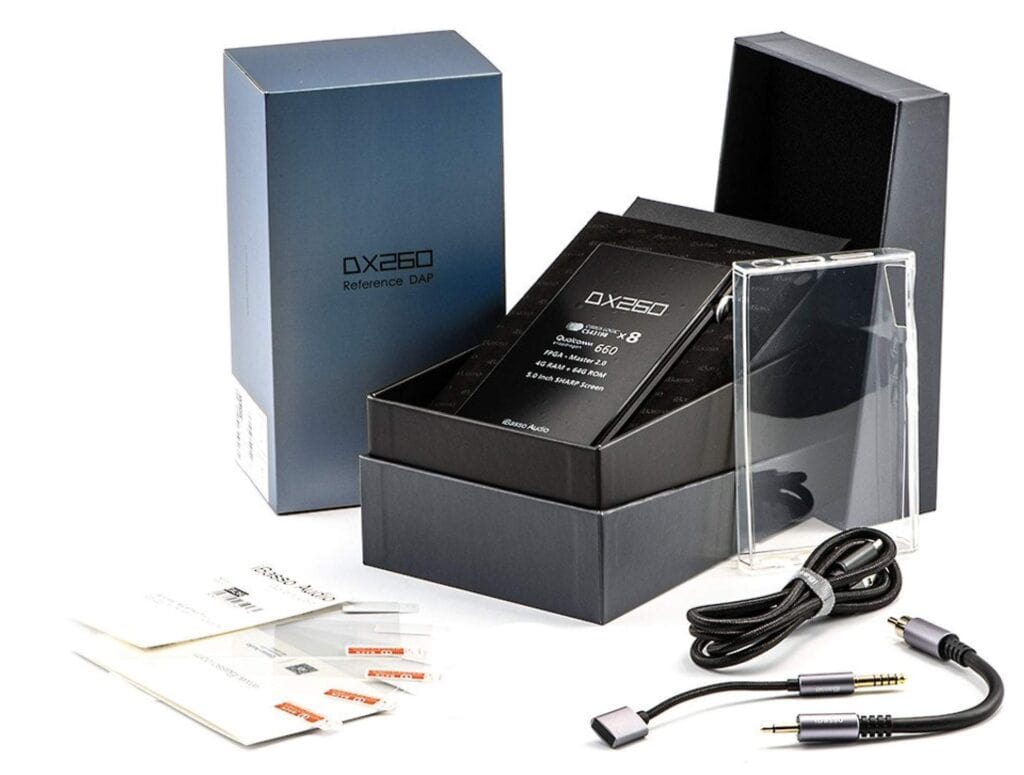
Ultimately, the precision, clarity and transparency from the mids and treble, that large soundstage plus the meaty, rich impact of the bass won me over and calmed my ire.
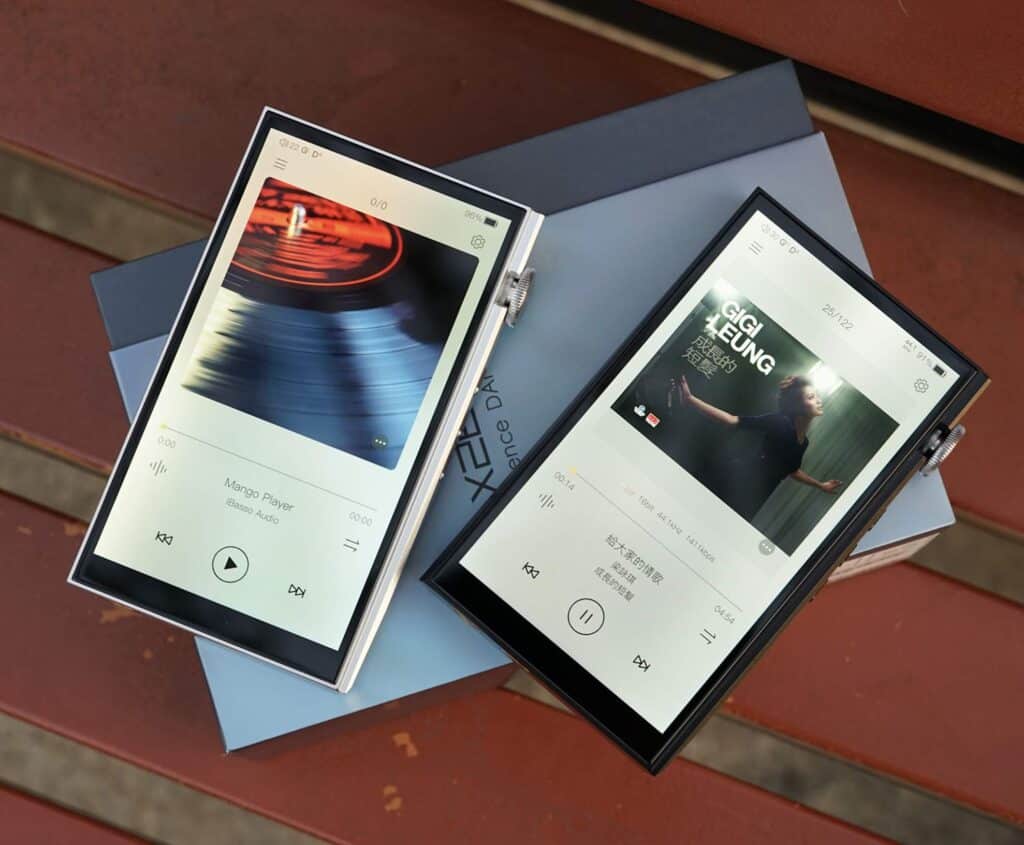
Well made, solid and easy to use when you get to know it, the iBasso provides a quality sonic performance that should provide a solid mobile music source for many years to come.
iBasso DX260 Digital Audio Player
Price: £849
Website: www.advancedmp3players.co.uk
GOOD: rich bass, broad soundstage, clarity, transparency, thumb wheel
BAD: software interface issue, hardware interface issues
RATING: 8
